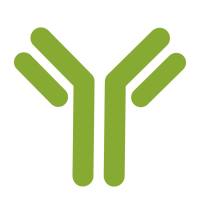A Biochemical Method for Tracking Cholera Toxin Transport From Plasma Membrane to Golgi and Endoplasmic Reticulum
互联网
互联网
相关产品推荐

Recombinant-Candida-albicans-Iron-transport-multicopper-oxidase-FET3FET3Iron transport multicopper oxidase FET3 EC= 1.-.-.-
¥14154

Recombinant-Human-Glutaminyl-peptide-cyclotransferase-like-proteinQPCTLQPCTLGlutaminyl-peptide cyclotransferase-like protein; EC 2.3.2.5; Golgi-resident glutaminyl-peptide cyclotransferase; isoQC; gQC
¥12180

Shiga toxin II subunit B 兔多抗 | Enterohemorrhagic E. coli (EHEC) stx2B Antibody, Rabbit PAb, Antigen Affinity Purified
¥800

Recombinant-Danio-rerio-ER-lumen-protein-retaining-receptor-2kdelr2ER lumen protein retaining receptor 2 Alternative name(s): KDEL endoplasmic reticulum protein retention receptor 2; KDEL receptor 2
¥10668

beta subunit Cholera Toxin Rabbit pAb(bs-12862R)-50ul/100ul/200ul
¥1180
相关问答

